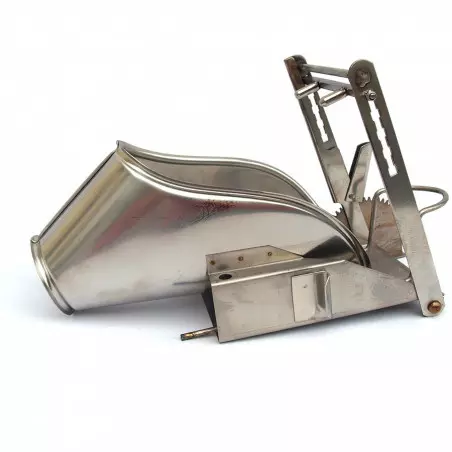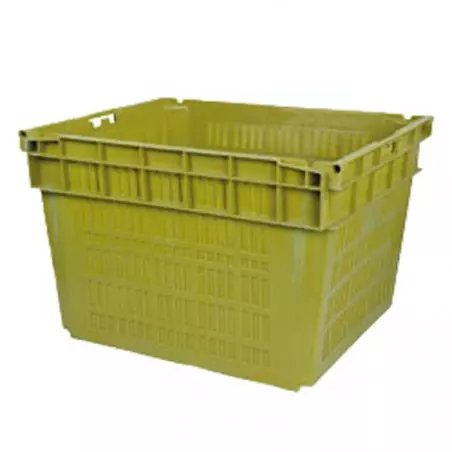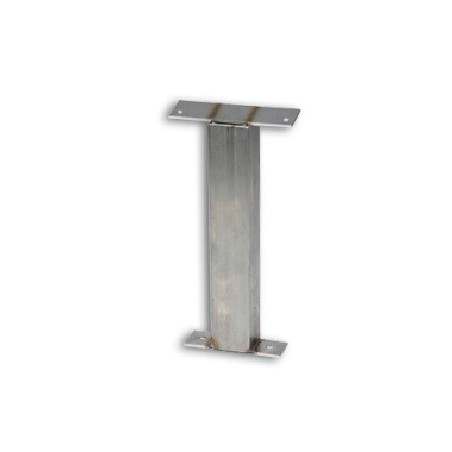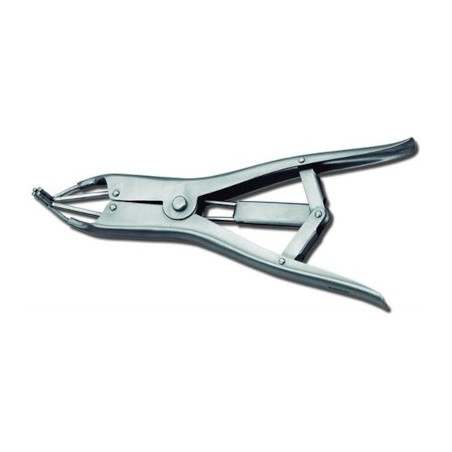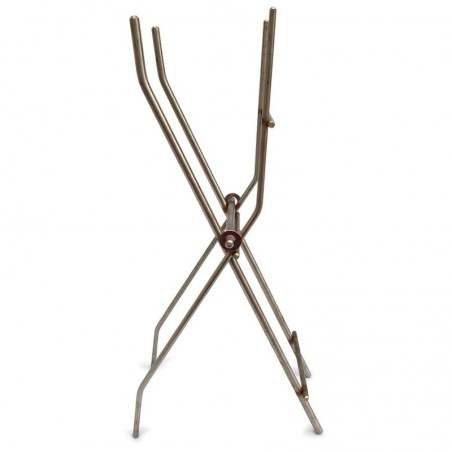Implementing alternative methods to castrating pigs surgically without anesthesia or analgesia is a recurring debate in the European Union.
Regulations are clear and known throughout the whole EU: the Directive 2008/120/EC lays down minimum standards for the protection of pigs establishing that castration is one of the exceptions to prohibiting the mutilation of pigs (males). If castration is practiced before the seventh day of life, it can be done by a trained person without the use of anesthesia or analgesia as long as it is done by means other than tearing of tissues If castration is done after 7 days of age, it has to be carried out by a veterinarian and under anesthesia and prolonged analgesia.
In 2010 the Declaration of Alternatives to Pig Castration was signed which proposed two deadlines:

- 01/01/2012. End surgical castration without the use of anesthesia and/or prolonged analgesia.
- 01/01/2018. End surgical castration, with some exceptions for traditional, high-quality products.
To meet these deadlines it was necessary to achieve several conditions such as recognized methods of detecting boar taint, implementing quick detection methods in the slaughterhouse, reducing boar taint through genetic selection and/or management and feeding, consumer acceptance of these products, etc.
Since these established prerequisites were not fulfilled, it has not been feasible to stop widespread conventional castrating in the EU.
Countries like Germany are advancing more quickly in their laws and regulations. The German regulation that prohibits surgical castration without anesthesia or analgesia was supposed to come into full force in 2019, but it suffered a two-year moratorium. The option for the German pig producer will be to administer general inhalation anesthesia with isoflurane. The producer will need to obtain the suitable equipment and be trained how to use it.
We can divide European countries into four groups:
- Countries that castrate less than 20% of the males and its production works more with entire males.
- Countries that surgically castrate between 20 and 80% of the males, implementing immunocastration or raising entire males.
- Countries that surgically castrate more than 80% of the males but use anesthesia (local/general) and/or prolonged analgesia.
- Countries that surgically castrate more than 80% of the males and do not use anesthesia or analgesia.
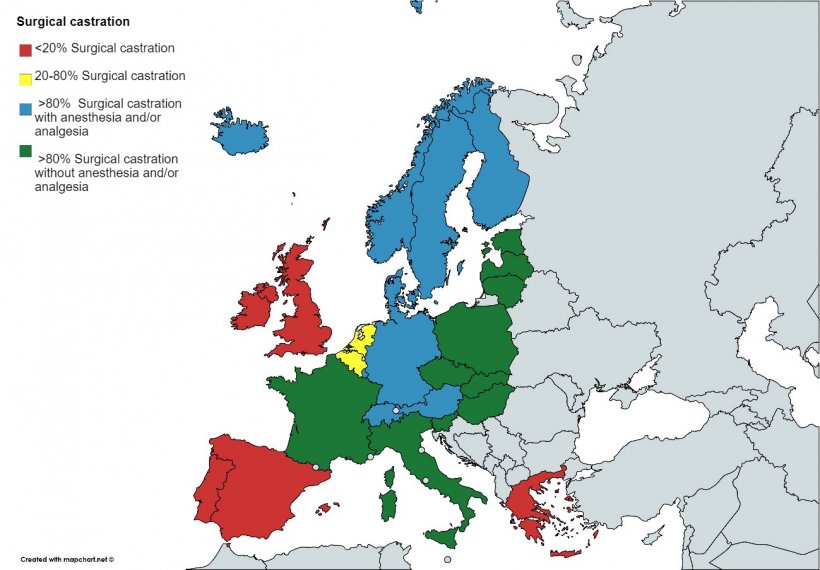
Source: Second progress report 2015 – 2017 on the European declaration on alternatives to surgical castration of pigs
Seeing the need to make advancements in this area, a voluntary subgroup has been formed in addition to the Comission expert group, to discuss alternative castration methods under the umbrella of the EU Platform on Animal Welfare. In the first meeting, in may of 2019, the work centered around analyzing the report: "Establishing best practices on the production, the processing and the marketing of meat from uncastrated pigs or pigs vaccinated against boar taint (immunocastrated)". In the report an analysis was done of the best practices in various member states using entire males or immunocastrated males and it concluded that there are many models that work in Europe although there are limitations both in how the information was collected as well as in the evidence that it really works and in the knowledge about the direct cost of its application. However, it is a trend that aims to improve animal welfare and consumer perception.
Analysis of the available alternatives to surgical castration without anesthesia or analgesia:
1.- Producing entire males
This is the current reality for EU countries such as Ireland and the United Kingdom and it is a highly implemented production option in Portugal and Spain. It solves the issue of well being surrounding castration, but it is not applicable to all countries, production systems, or structures. It is not an option for the production of high -fat type of pigs nor in the case of countries where a higher carcass weight is valued over having a better pork cut yield.
It continues to be the desired alternative and the best option for animal NGOs despite the fact that it is rarely practiced in organic productions.
One difficulty is that there is a certain lack of knowledge regarding consumer complains when it comes to undesired smells and flavours (boar taint), either because there are not issues or maybe because those issues are not communicated. Also, on the other hand, reducing fat level would change the structure of the product.
2.- Immucastracion
This is a real and viable alternative for producing males without the need for surgical castration. This method is considered optimal by pro animal welfare NGOs and the main advantage is it maintains the intramuscular fat structure better than an entire male, however there are producers that find a few issues:

- It is not accepted by the entire processing industry.
- It is necessary to know the reaction of the consumer - in the EU as well as third countries.
- Three doses are needed for heavy weight pigs.
3.- Using anesthesia
This alternative is becoming more popular in recent years, mostly because it is the most used option in Sweden and is developing in Germany. There are two types of anesthesia: local anesthesia (mainly with lidocaine or procaine) or general anesthesia (isoflourane or CO2). Many countries are making advancements in this area but there are several issues:
- Lack of support from NGOs due to the difficulty in monitoring its use and to the little guarantee provided by local anesthetics.
- Excessive manipulation of the animal to put it inside a gas chamber or to give an intrascrotal injection.
- Anesthesia alone is not considered sufficient. It must be given along with analgesia.
- There are not authorized products for use in piglets so the off-label use (cascade) prescription must be used.
- In many countries anesthesia must be given by a veterinarian. In Sweden, producers must ask for an exception to be able to administer anesthesia themselves.
It is necessary to continue advancing surgical castration alternatives. We could consider producing entire males and immunocastration as easy, realistic solutions. However, there are countries or production systems that are leaning toward anesthesia (local or general) in spite of knowing that it is not the best alternative and that there is a serious problem with the availability of products that can be used by the producer.
Advances in animal welfare should be done at a low cost to remain competitive as it is difficult to transfer its cost through the pork chain. Additionally, with the objective of not altering the free trade in the EU, there should be a mutual recognition between the countries with different methods to eliminate pain from castration. In other words, the products used to castrate pigs with local and general anesthesia should be mutually recognized.





